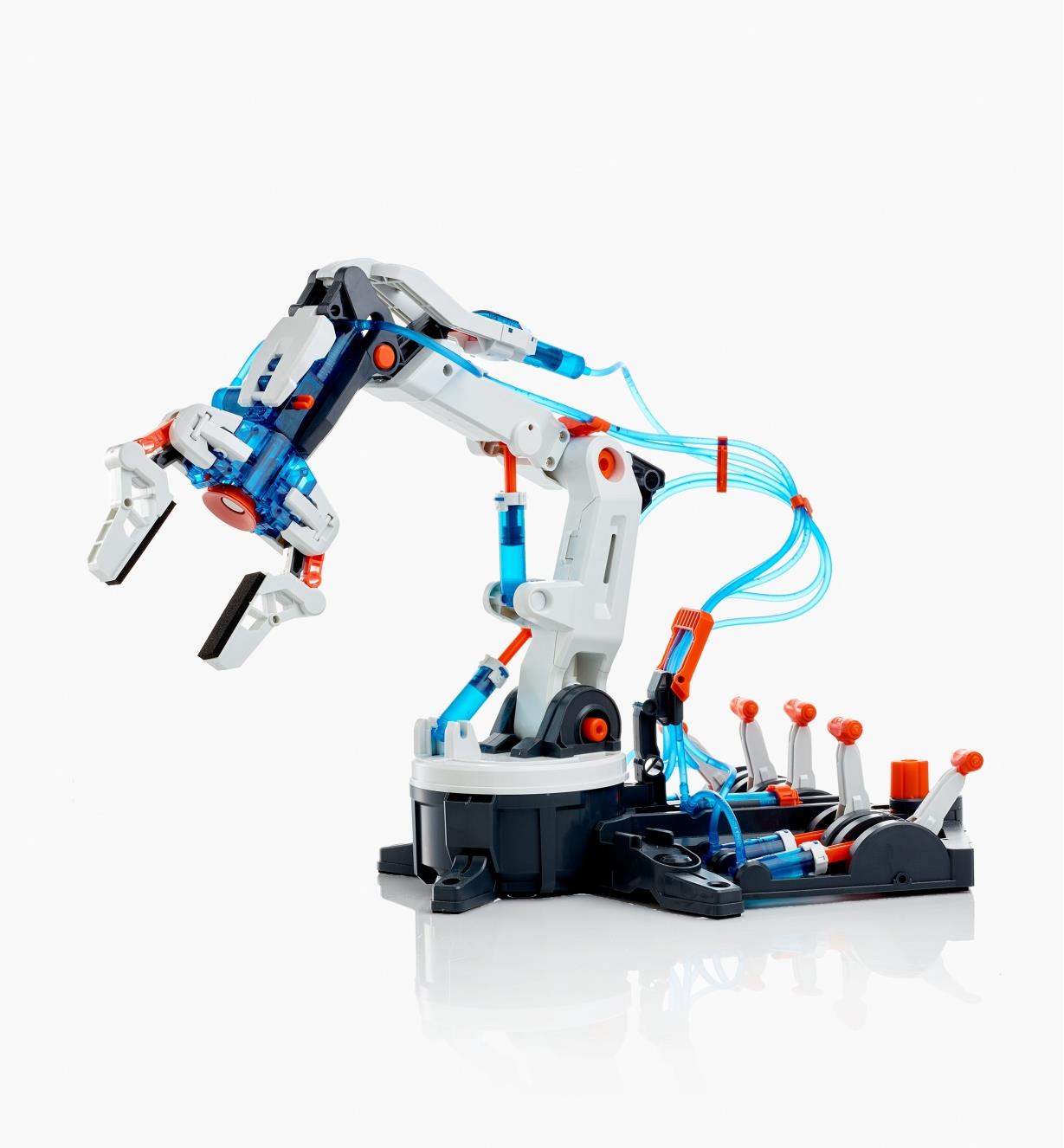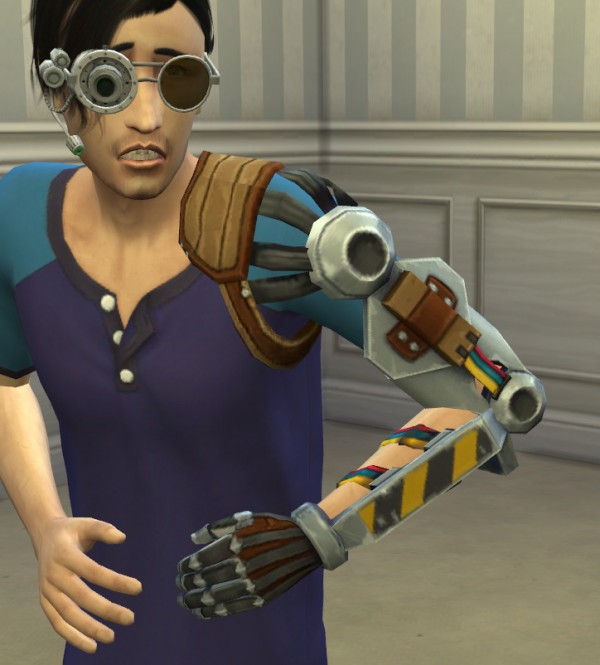Table of Content
If you cut open ladder line in less than a wave, it can act as your antenna instead of your radiator antenna element. Car alarms that are not shielded can oft times be set off by using certain frequencies. Please take note here, if you are running amateur radio, and it's been checked out, it's NOT your fault that your neighbors are having problems. It's the poor design, shielding and the sensitivity of their equipment that is at fault. The FCC also states that our equipment must not cause unwanted interference from occurring.

Strip off parts of the insulators from each end of the wire. Cut the wires to the length where they will be reachable to the stereo system. And an actual store-bought antenna would cost somewhat like $90, whereas the labor price, excluding the $90, would fall in the range of $50 to $80. So, it won’t be any problem when you go through this DIY project and adjust the lengths, find the best reception spot and also keep in regular maintenance. Step 6 – Connect the cable’s other end into your own power source. Thanks to all authors for creating a page that has been read 402,797 times.
What are the Benefits of a Good Car Radio Antenna?
Some of the small-scale applications of FM technology include FM transmitters, wherein the transmission of a signal from an audio device is done to an FM radio receiver. FM microphones are another example of the application of the FM broadcast band. You'll do this by bending each of the split wire ends at a 90-degree angle to the seven-foot section of wire. Cut 8 sections of copper wire.Each section should be 14 inches (35.56 cm) long. Cut 8 14 inch pieces of copper wire and fold them into "V"s. Use screws and washers to attach the creased side of the wire to each of the dots.
Back yard antennas, right close to your radio room, or radio shack, make it easy to set up and operate. Try to avoid placing any portion of your antenna close to the place where electricity enters your home. Use good straight wire, and avoid serious bends or twists in the wire. If you are using tin with copper or brass coatings, watch out for the tendency to coil back onto the wire. Some tightly wound wire may also coil back on itself, regardless of what it is made from, or coatings.
Did you know you can get answers researched by wikiHow Staff?
Whether or not you have access to tools, almost all common antenna problems are a direct result of improper antenna installation. Amplifiers are very popular among owners and drivers who want to amp up their CD player and radio system experience. If you know these problems before dealing with antennas, it will be much easier to work with and you will also know what to do when you have problems with your own. Normally, they are placed at the back of your radio. Remember, we are only done with one side of the pole. This time, you won’t have to put pressure and get everything covered like the previous step.
As a matter of a fact, the life of the antenna can greatly be extended if you do leave the insulation on the wire. Also, it insulates it from a short against a green tree, or tree leaf, or even a weed, or branch that may fall. RF burns can hurt, and burn deeply into the flesh of a finger or hand.
Step 7: Insert
Prof. James of Pennsylvania University used a small-sized radio telescope to give visitors a rather unique view of what the sky looked like on that day. In 1944, Grote Reber decided to build on Karl’s outer space radio waves discovery. The first set of radio waves from outer space was noticed by an engineer known as Karl Jansky in 1933. If you want to understand where radio telescopes are used, you will have to wrap your head a bit around the device’s history.
Also, the dimensions shown in the first step don't make any sense, they add up to 58.75 inches. The bent portion of the v-shaped wires should be intersected once each. I am a bot, and this action was performed automatically. Please contact the moderators of this subreddit if you have any questions or concerns. You will also need to create a bridge between the 2nd transistor and potentiometer’s first pin, and another between the potentiometer’s second and third pins. Next, solder the Nano Farad capacitor to the bridge and the resistor between the transistor and collector according to the circuit diagram you’re following.
Attach the antenna to a HD television.Use a coax cable, which can be purchased on the Internet or at an electronics retailer. Attach a balun to the 2 center sections of wire.This is a transformer that can be purchased on the Internet or at an electronics retailer. Be sure that at least 1 of the wires that you weave is insulated. Bend each section of wire.Each should be bent so that each side is 7 inches (17.78 cm) long. Beginning at 2 inches in, draw lines that are 5.25 inches apart across the board with two evenly spaced dots on each line.
Test the antenna you just made and look up to stations. Spread them about ten inches vertically and weave the wire around the tacks. Wires are covered with rubber insulation to prevent the metal part from being exposed. Keep a foot or two aside from the exact length and then cut as a whole.
Do this by plugging the antenna lead into the radio. Then move the wires along with the main support of the frame so as to form a loop. Solder the wires at the place where the support arm ends, and cap the joined ends with the help of an insulating tape. Scientists like Thomas Edison and Heinrich Hertz have used antennas for scientific activities during this period.
Strip carefully, tie the ground sections together, and solder to the negative side of your antenna lead in wire. All three wires should be soldered, and attached carefully. Make sure it is a wire that can withstand the weather, both summer and winter, and that it is of a workable nature. In other words, don't use a wire that can cause problems down the road when it is actually put into use.
The least favored is the mechanic wire, which has a high resistance, and corrodes and rusts easily, causing unwanted resistance, and antenna failure. When subjected to the weather, mechanic wire will rust easily, creating a never ending problem of either breakage, or a problem of MAJOR non-connectivity. It does NOT radiate RF energy well, and doesn't receive signals from other amateur stations transmitting to you. One of the best, and probably the cheapest is the electric fence wire that is coated with brass, or copper. Since we are dealing with "skin effect" properties, just the outer coating will bear the RF energy.





